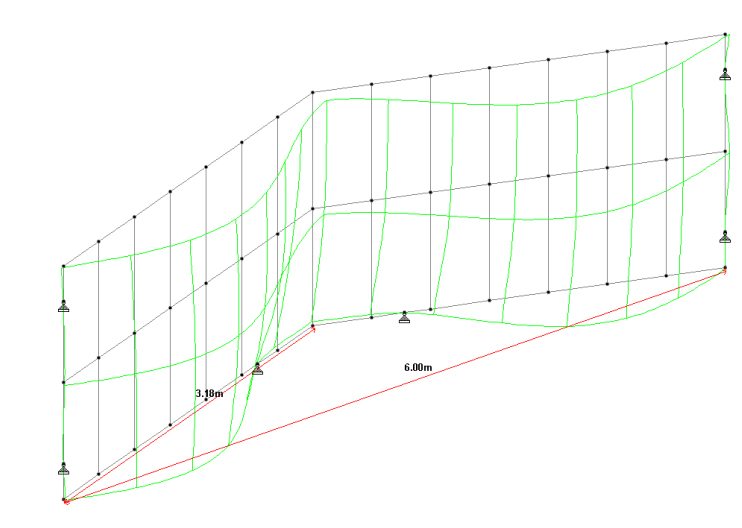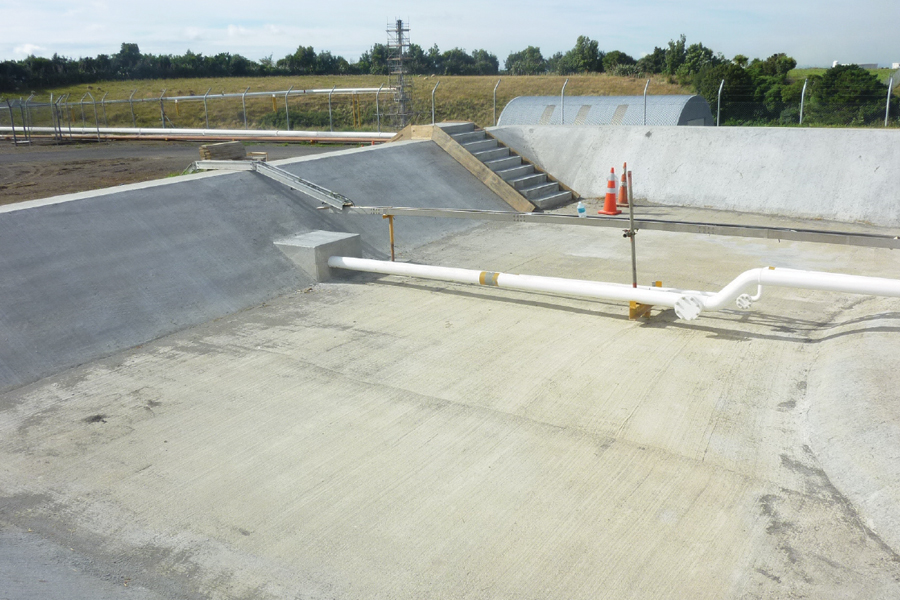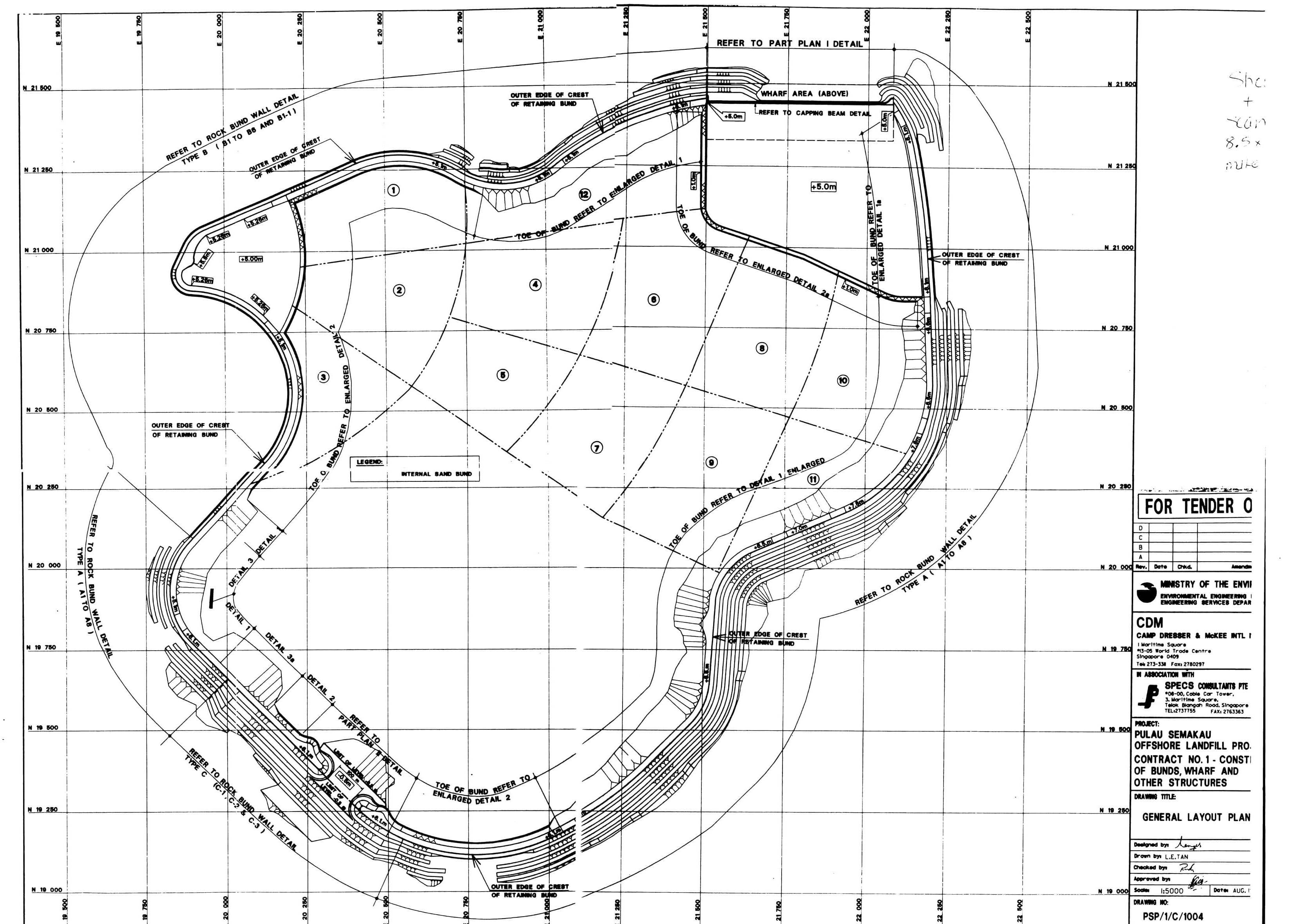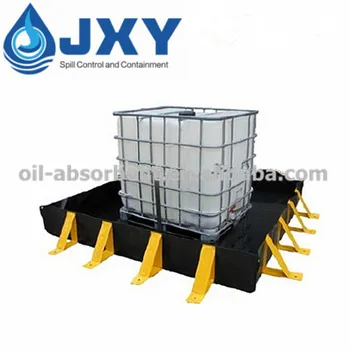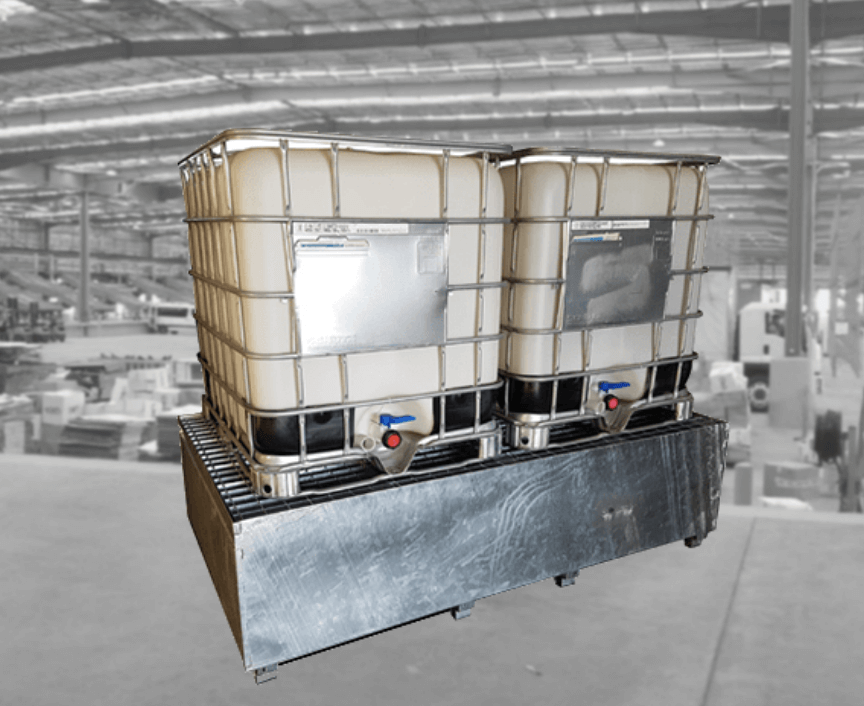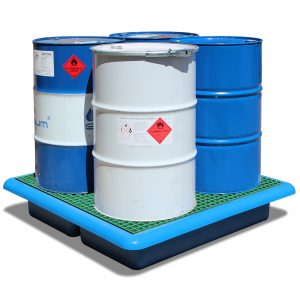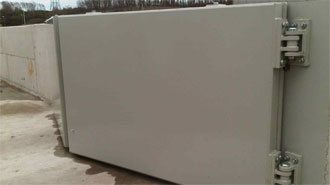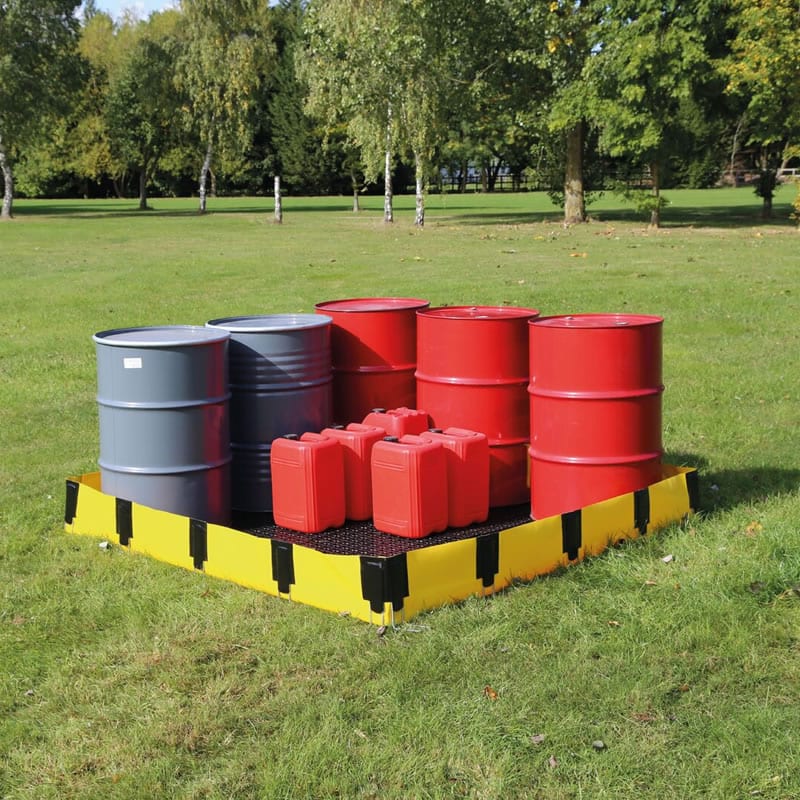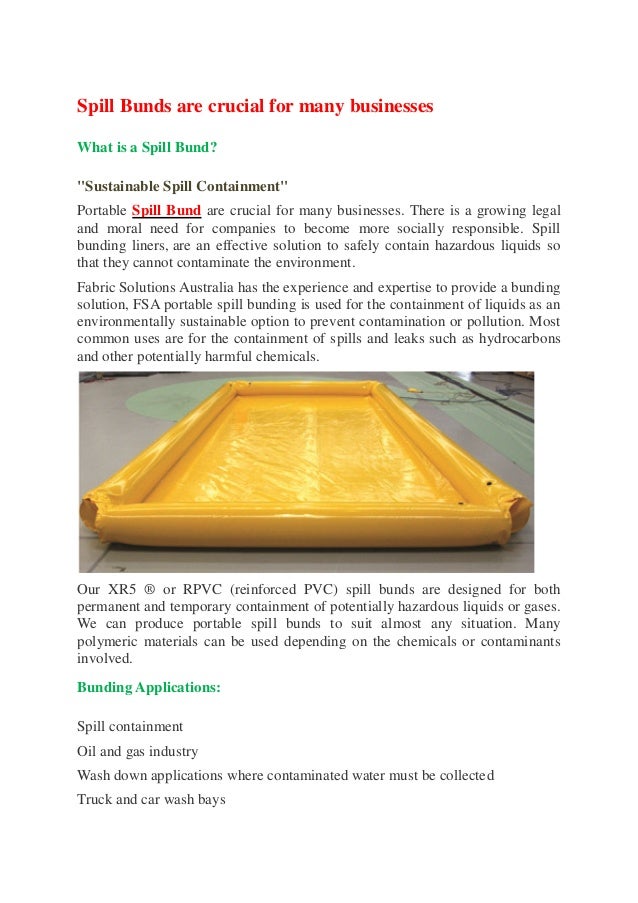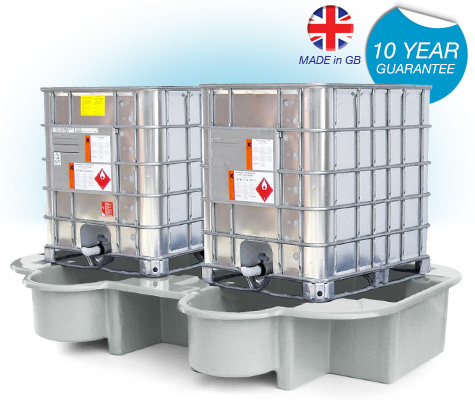Containment Bund Design

The 110 rule is applicable where there is only 1 container stored inside the bund in this situation the calculation is simple the bund needs to have a capacity of at least 110 of the primary containment.
Containment bund design. On several occasions the design of the bund wall or dike was not sufficient to retain the spilled liquid following catastrophic failure of the primary containment. Generally the bund wall or. The first area of bund design we will look at is capacity. Bund overtopping has been shown to be a problem in a number of historical incidents.
Ian sutton in plant design and operations second edition 2017. In a major port development project in singapore a containment bund using modified geotextile tubes m gt has been designed and constructed. 14th asian regional conference on soil mechanics and geotechnical engineering. Tanks are often surrounded by bund walls which are generally constructed either of earth or concrete.
Bund design bund capacity. The word berm is sometimes used. Keywords secondary containment design construction ronald elder p e burns mcdonnell engineering company inc. Bund wall design and construction in constructing bunds it is important to consider that the bund needs to be subjected to a regular water retention test to ensure that there are no leaks or liquid going out of the containment area.
Bund wall design construction. The video below explains some of the rules for bund wall design construction such as determination of the correct bund capacity bund. When installing a bund it is essential that it is fit for purpose. However that term strictly speaking applies to the narrow walkway along the top of the bund wall.
The purpose of a bund wall is to provide containment for oil tanks or drums in the case of a leak. The container must be situated within a secondary containment system which. Design and construction of containment bund using geotextile tubes in singapore. This presentation about secondary containment was given at the freshwater spills symposium in 2009.
A bund is an impervious embankment or wall made of brick stone or concrete or other suitable materials which may form part or all of the perimeter of a compound that acts as a secondary containment area to retain spilt material liquid. Bunding is adopted widely as an effective approach to spill containment. There are many aspects to consider in designing a bund to ensure it is fully functioning and complies with regulations such as the oil storage regulations and ciria 736.


